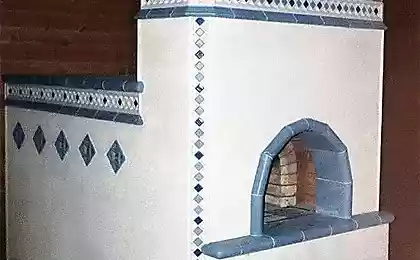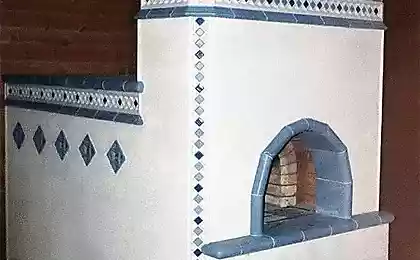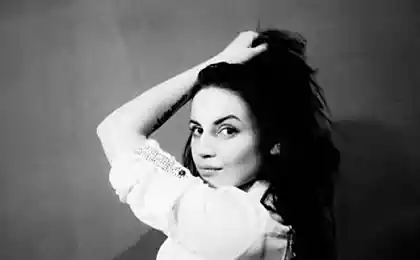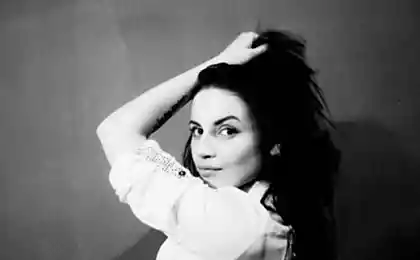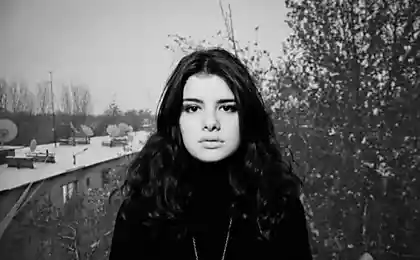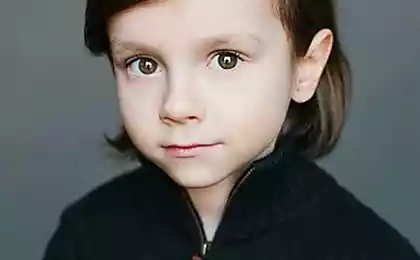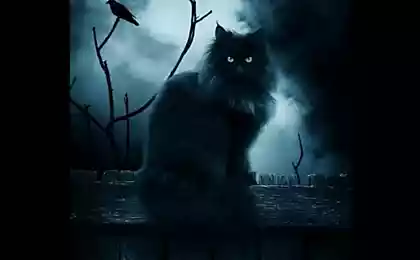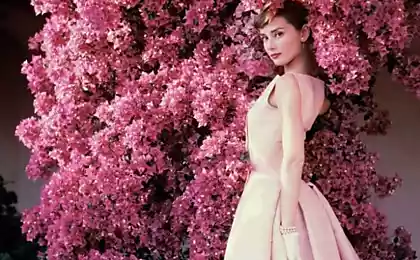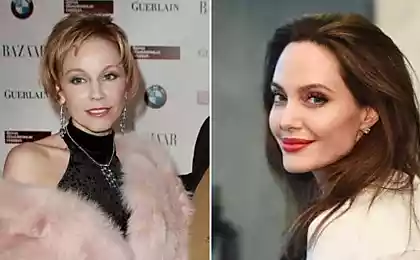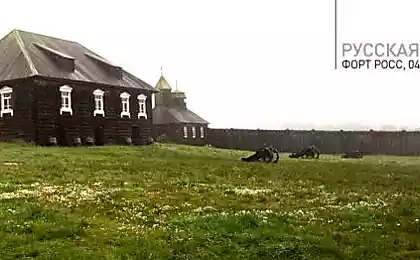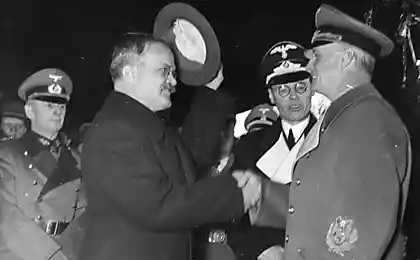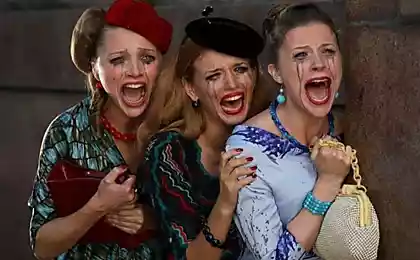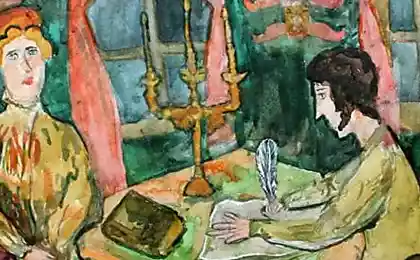6732
RUSSIAN BEAUTY
Russian beauty in an American museum.
Samples of Russian art from the Brooklyn Museum Costume Collection at The Metropolitan Museum of Art.
Things from the "Assembly of the Russian antiquity" Russian noblewoman Natalia Shabelskaya (1841-1905). who devoted his life to preserving the traditions of the vanishing folk arts.
Exhibits from this collection housed in the Museum of Fine Arts, Boston, Cleveland Museum of Art and the Russian Museum of Ethnography in St. Petersburg.
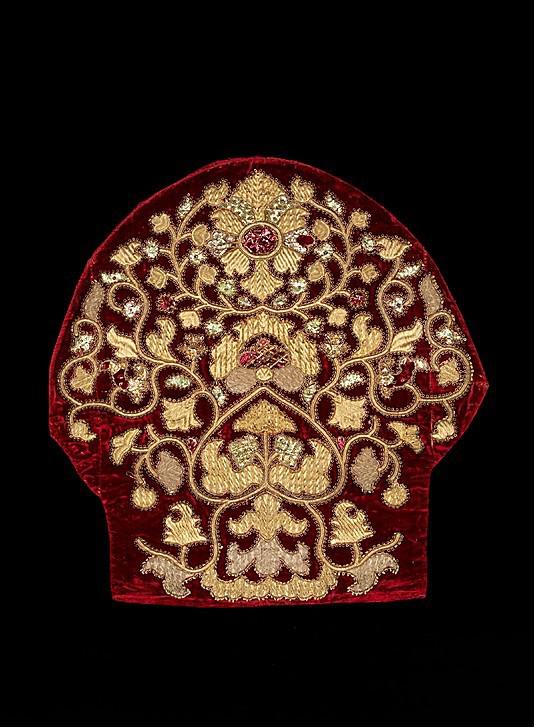
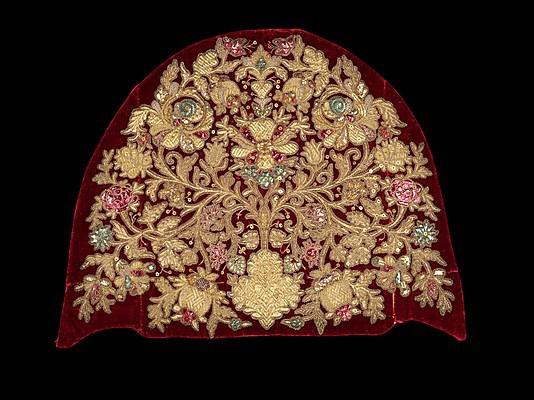
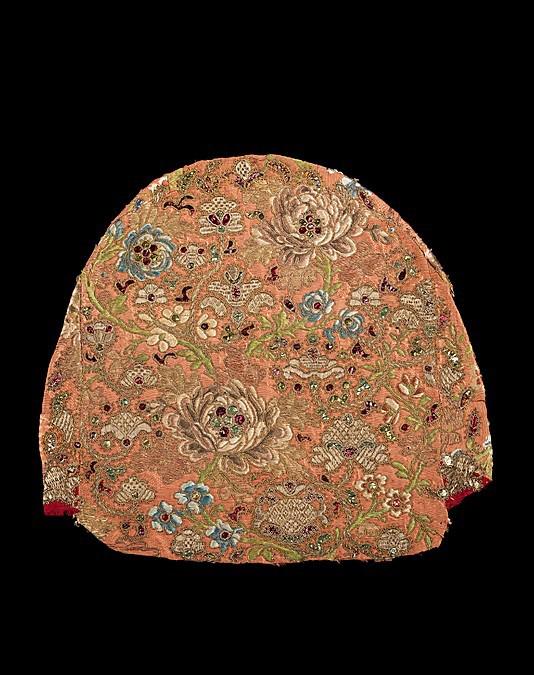
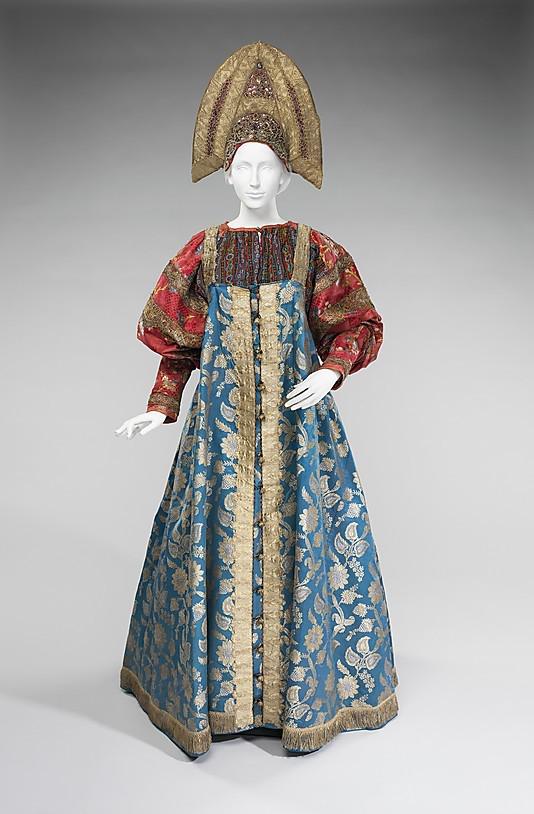
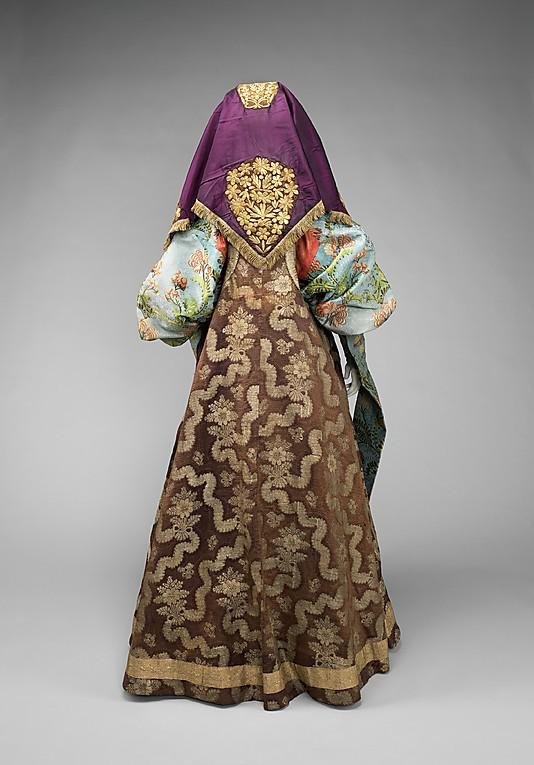
Hats (kokoshniki) were the most ornate part of the national Russian costume. They are often made of brocade fabric woven with gold metallic threads or velvet with gold embroidery. Use decorative elements that are typical of those places where manufactured jewelry. In the north - spread decorated with freshwater pearls, which was a lot in those areas, while the wool embroidery is more popular in the south.
Out of hats girls hair exposed to the show, as the hair is considered the most important advantage of the girl's beauty.
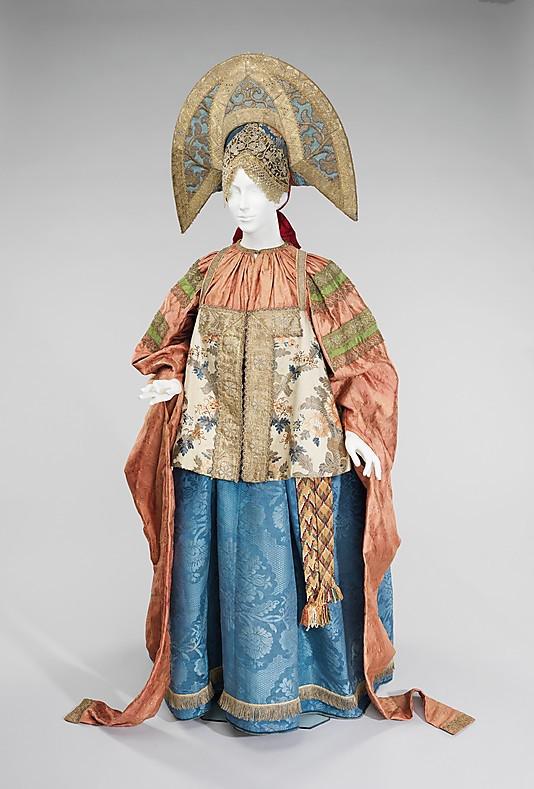
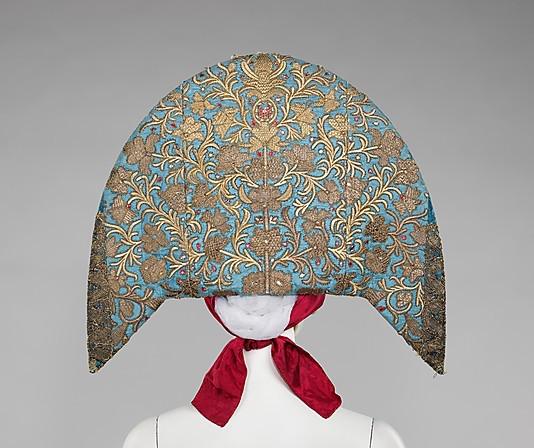
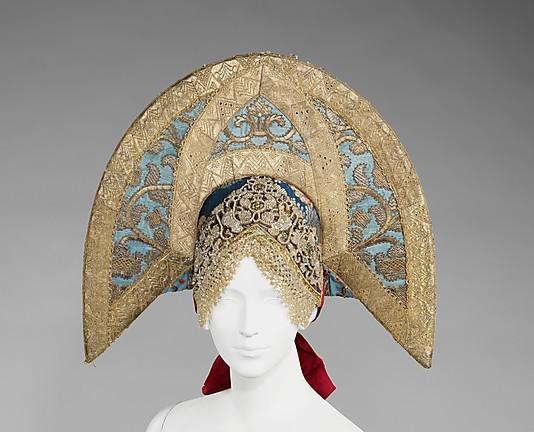
The American Museum of Applied Art is very interesting to explain this unusual form of headdress as an excellent example of combining Western and Russian cultures. The form of this headdress is almost identical to the French style of Alsace, supposedly it's all a consequence of the reforms of Peter the Great on the "Westernization" of Russia ...
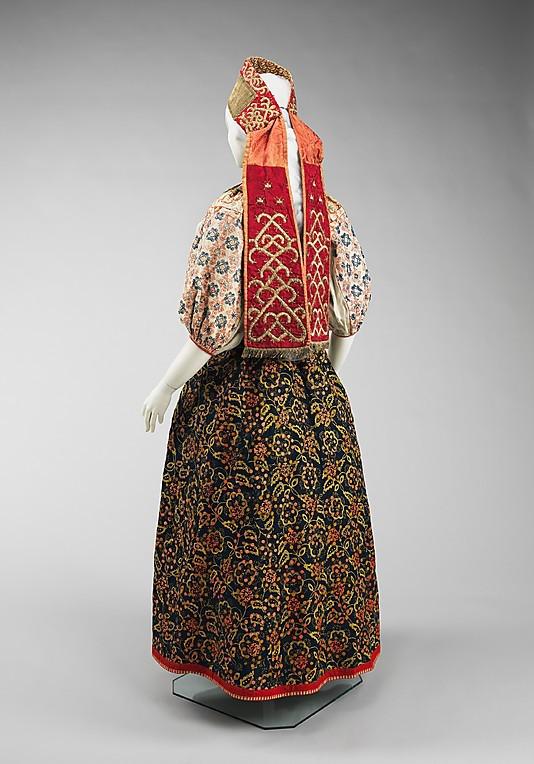

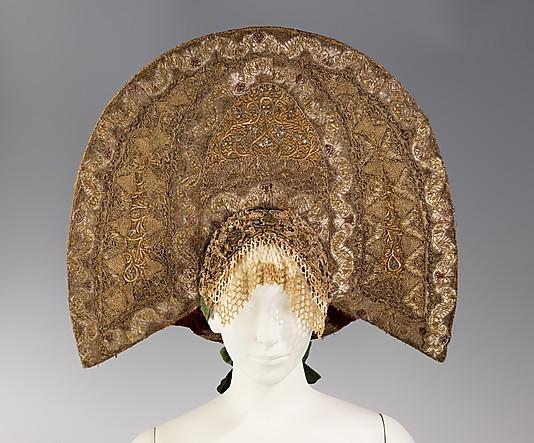
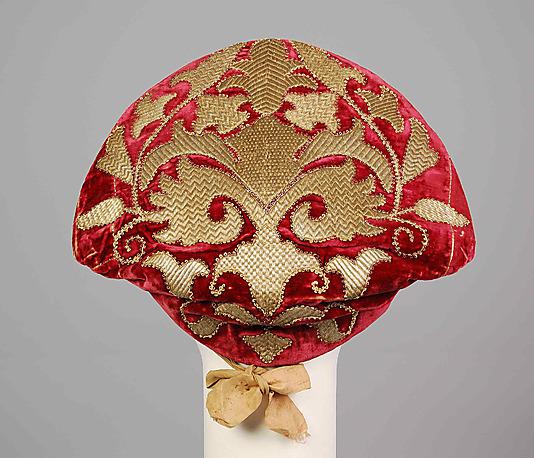
Married women were required to cover the hair completely, so kokoshniki often accompanied by "halo" - covering the forehead, made of cloth, metal, beads or pearls.
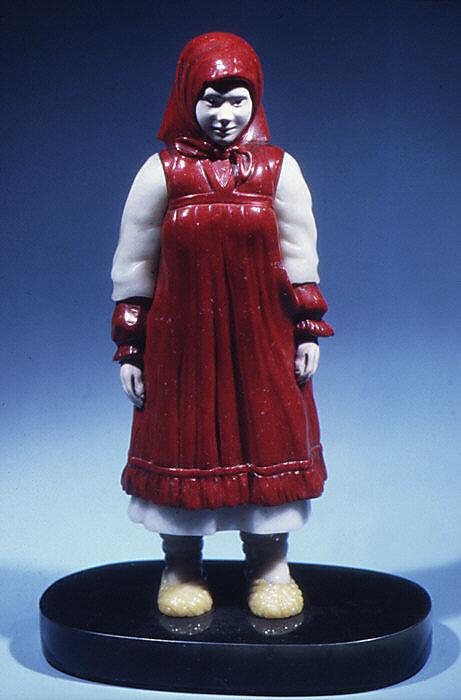
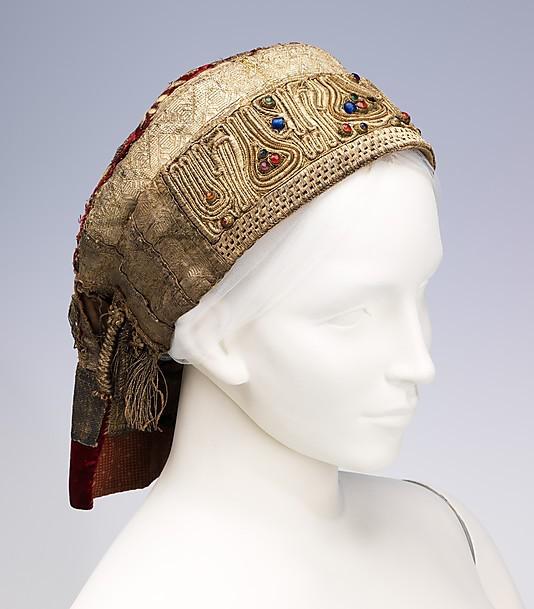
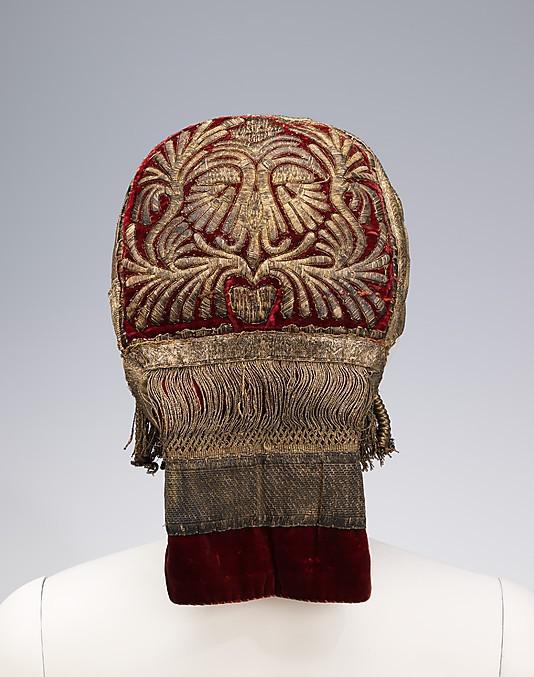
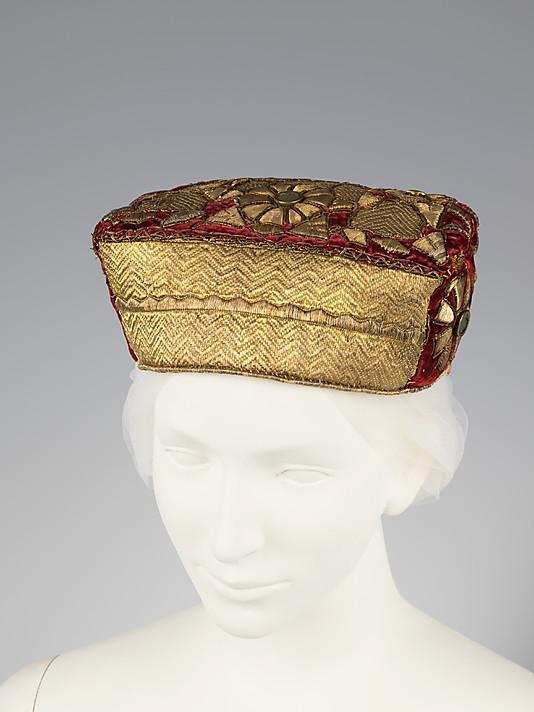
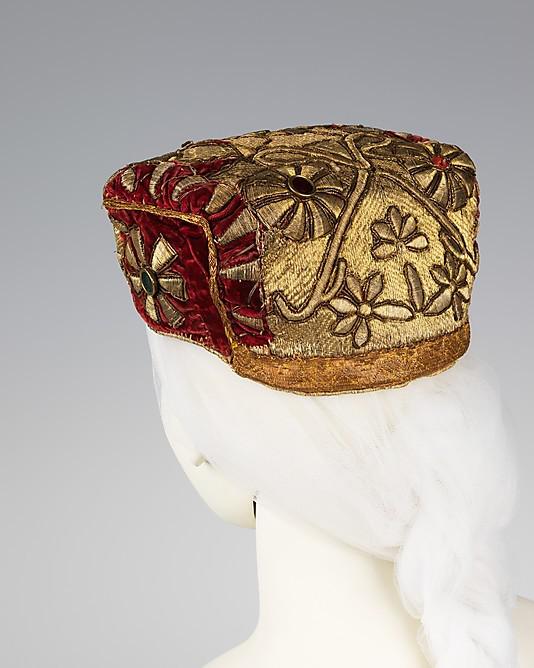
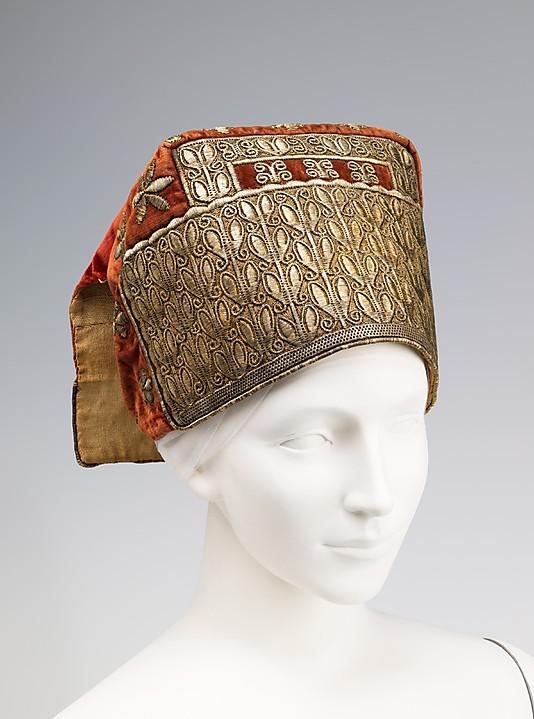
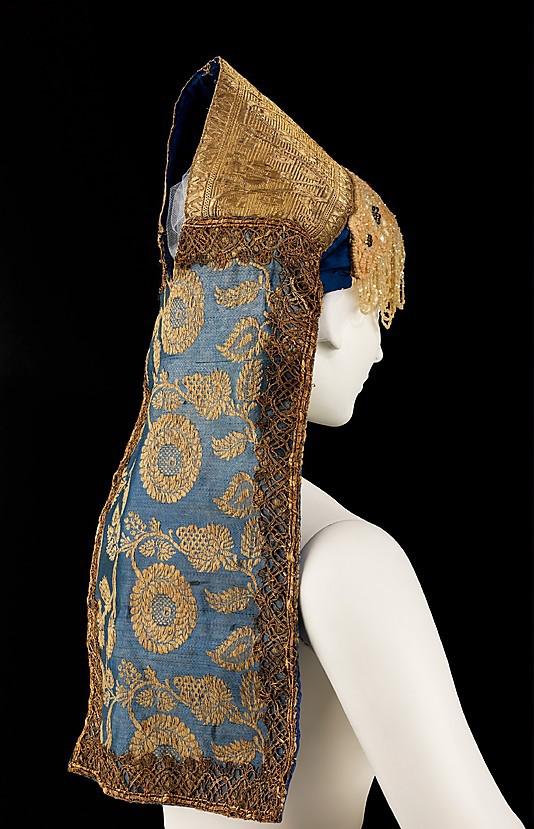
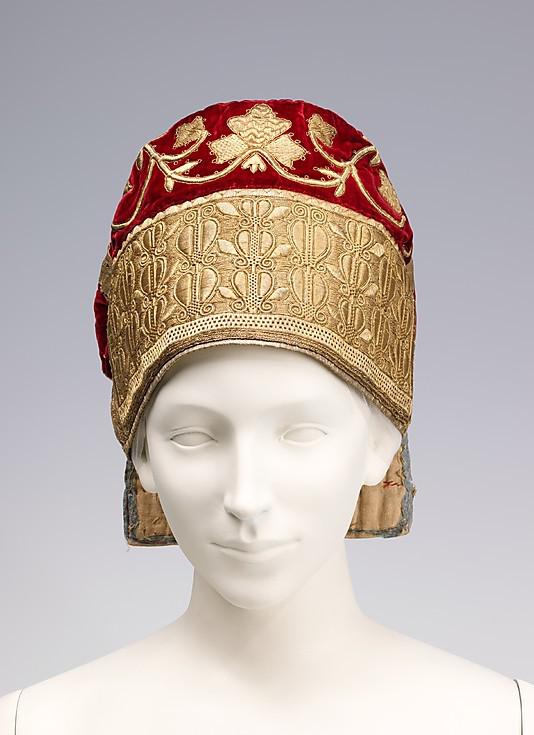
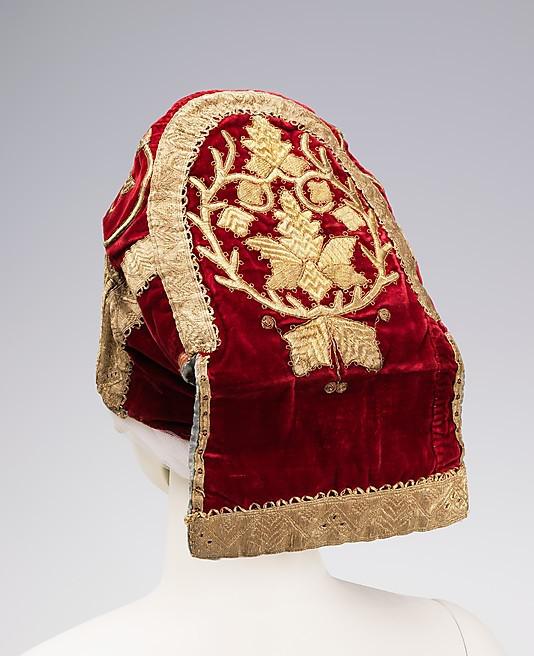
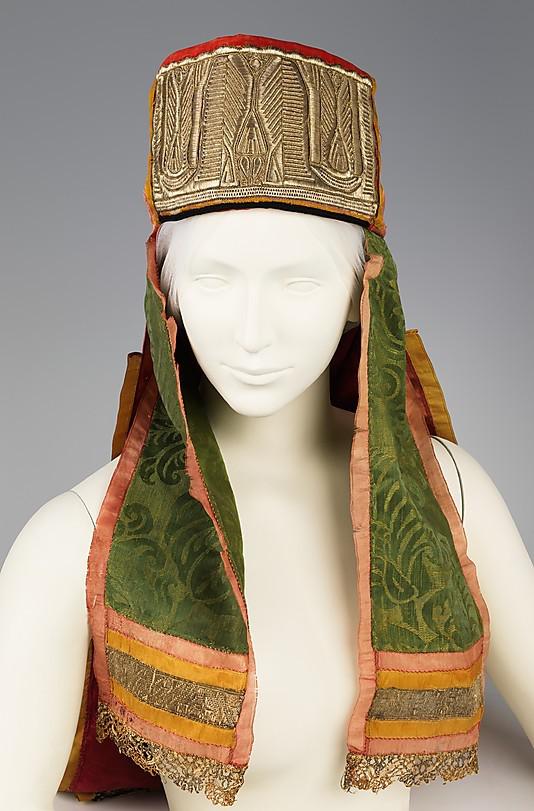
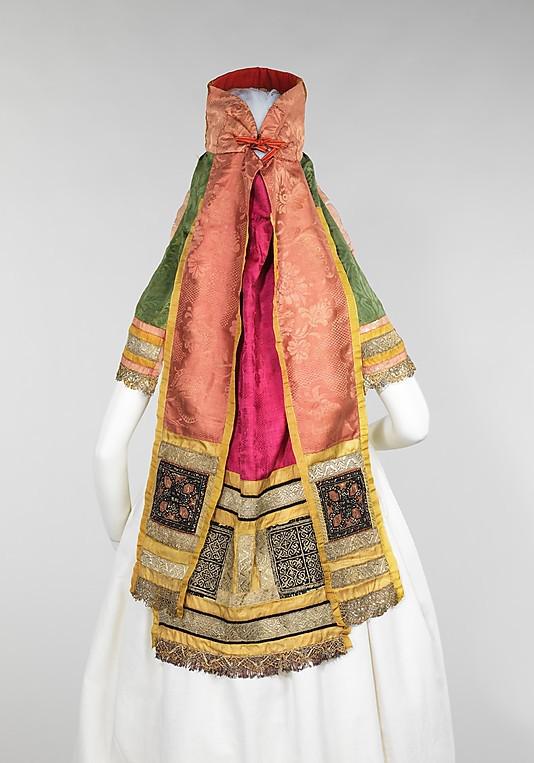
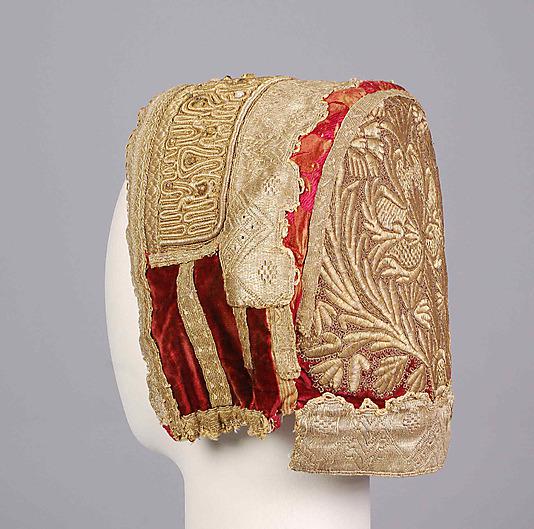
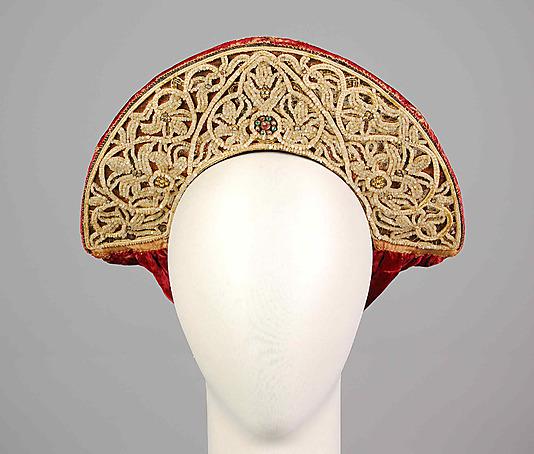
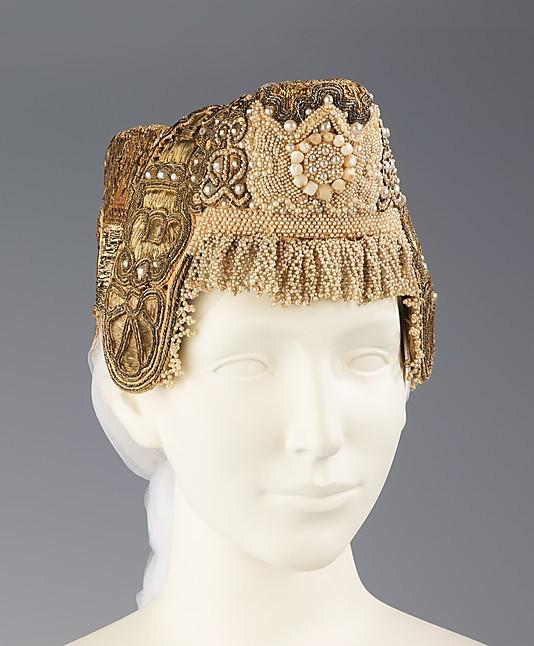
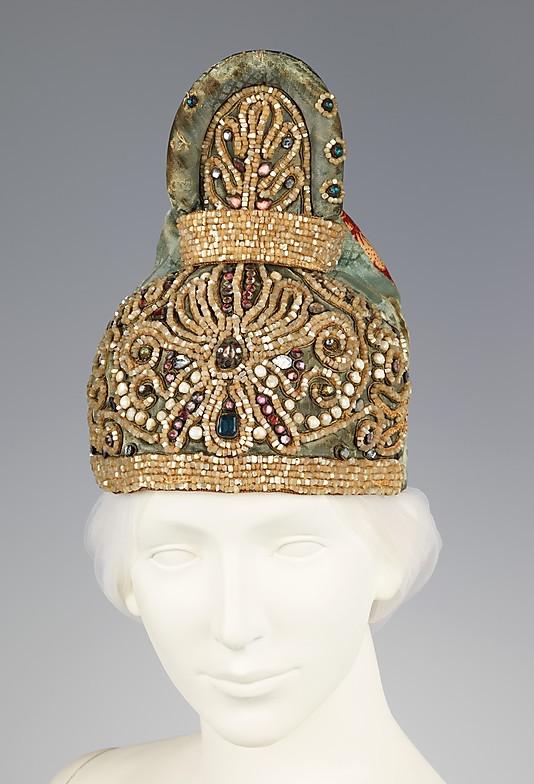
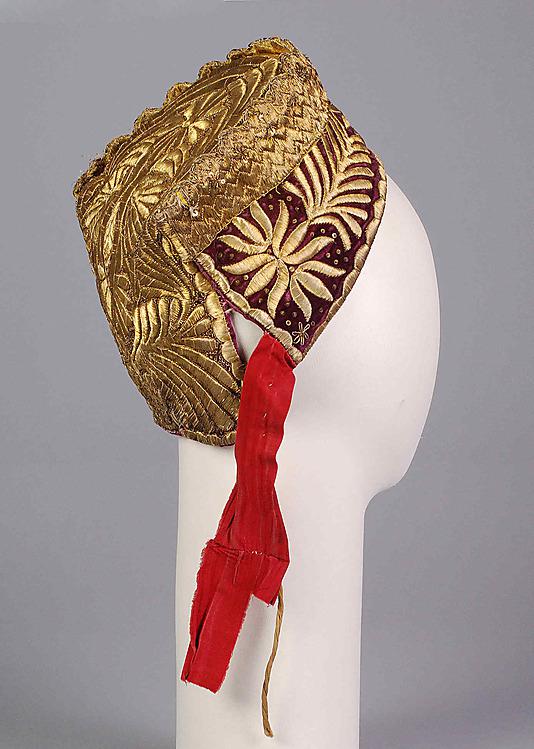
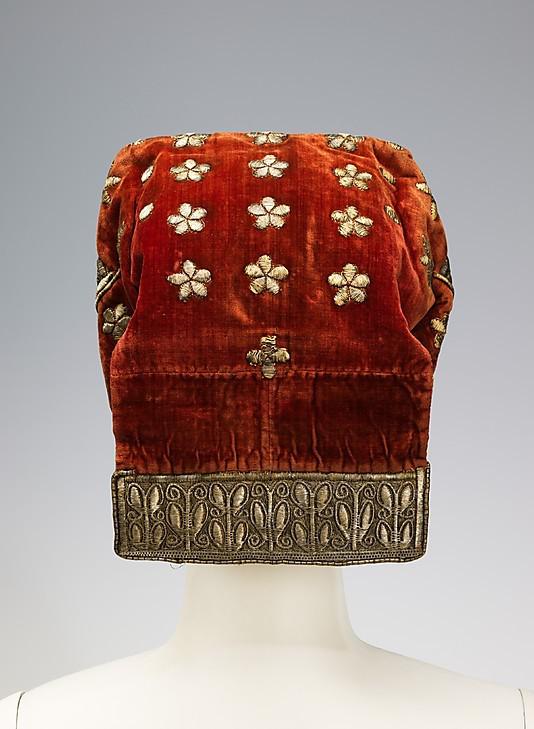
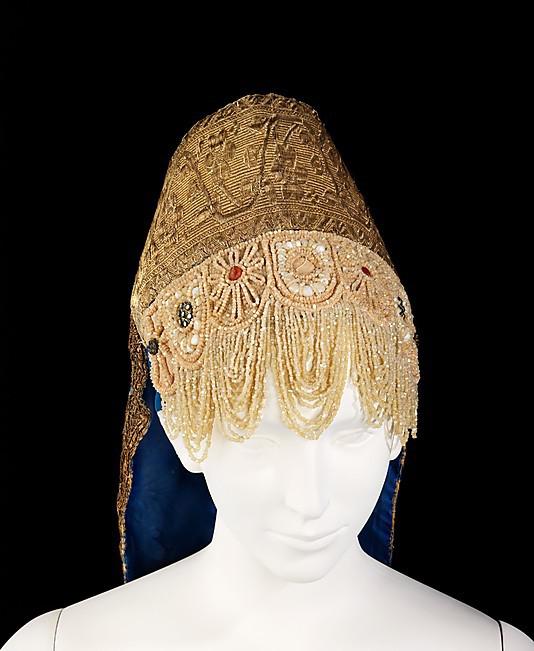
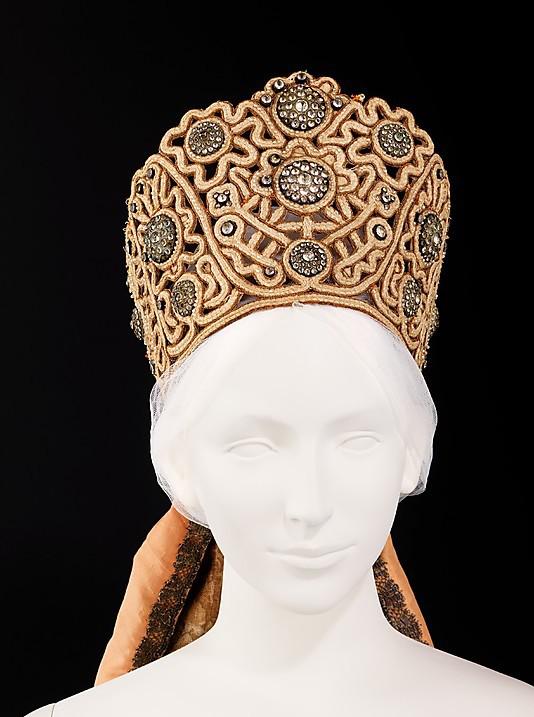
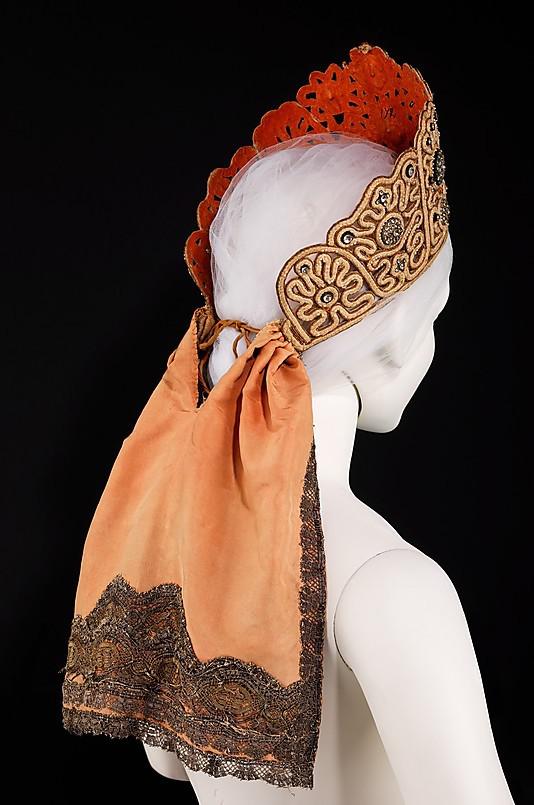
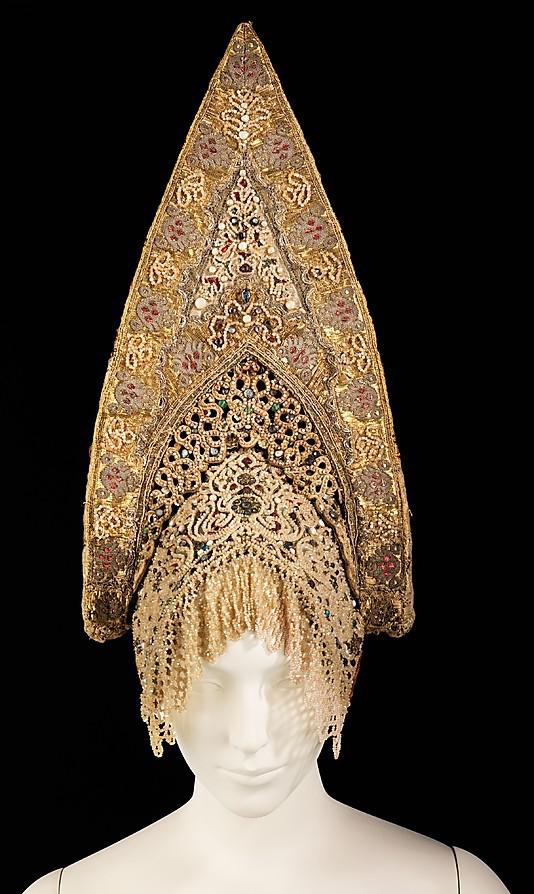
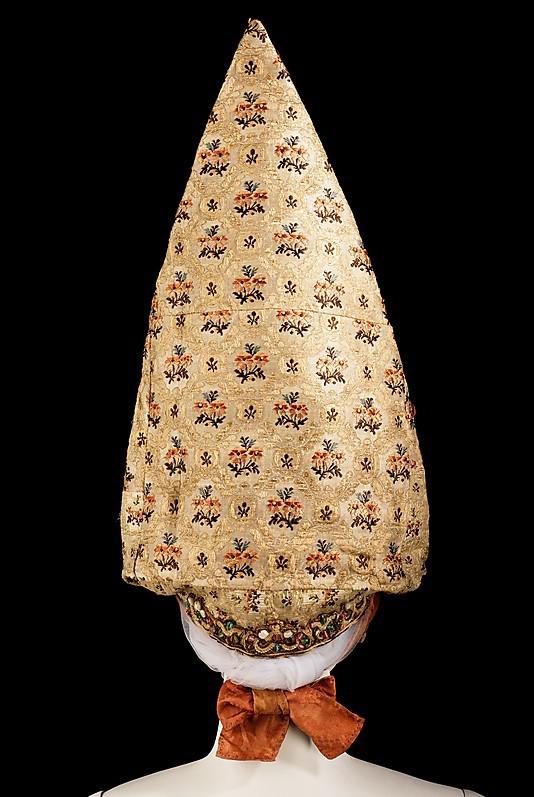
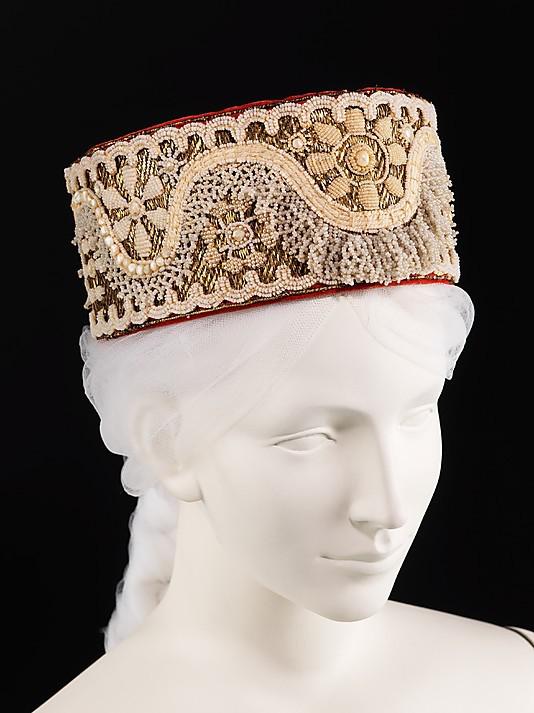
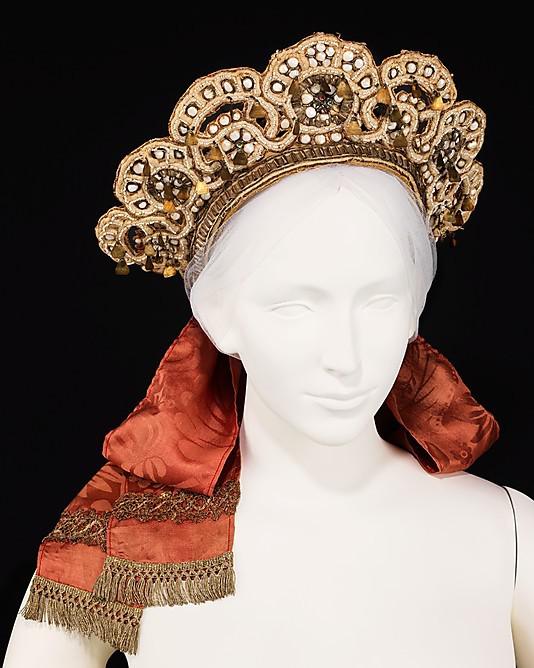
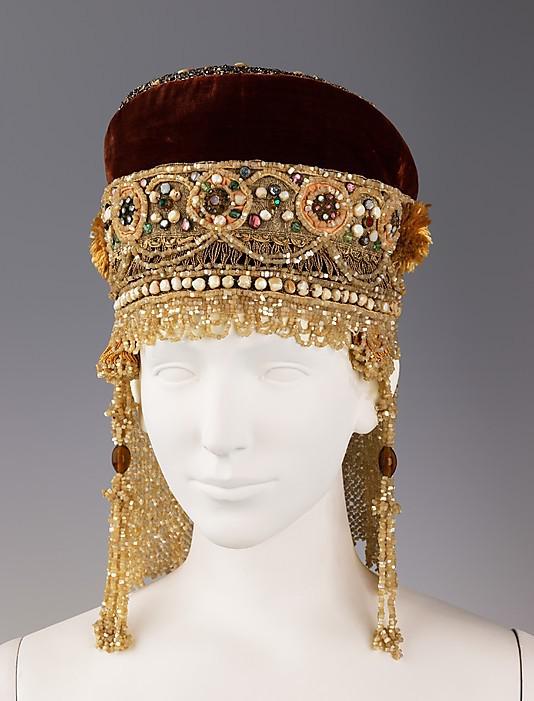
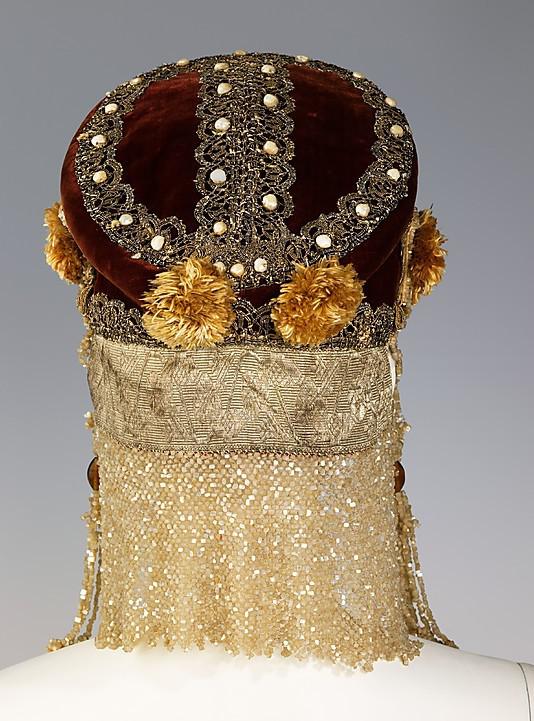
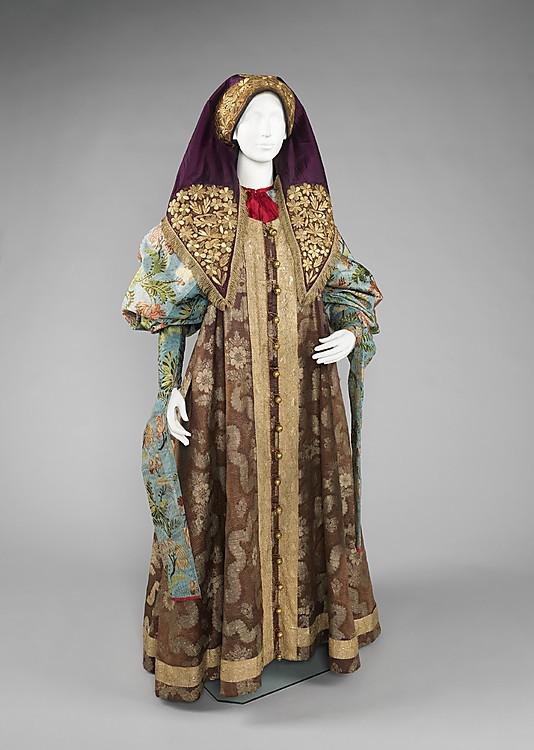
Traditional Russian costume consists of a straight, smooth lines. Beginning in the late 18th century, sundress (long, sleeveless dress) became the most popular clothing peasants in northern and central regions of Russia. Style also included a shirt and often a belt or apron, well, then everything solved art masters and wealthy family.
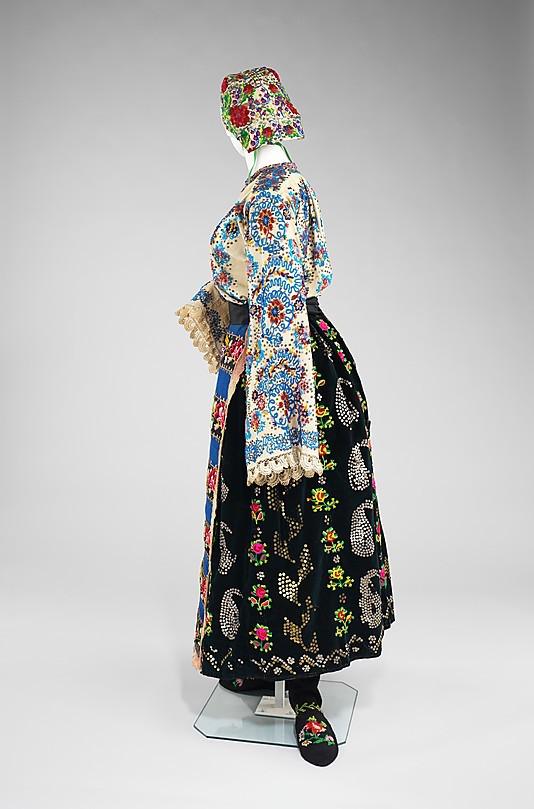
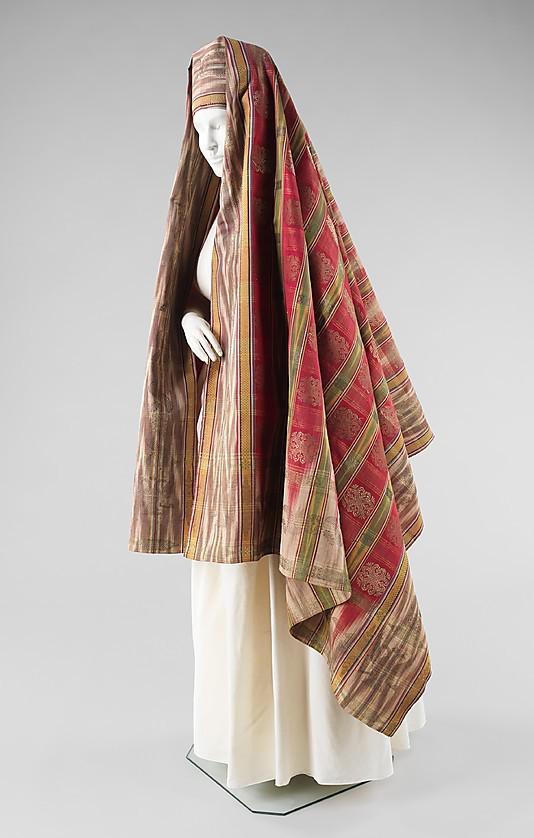
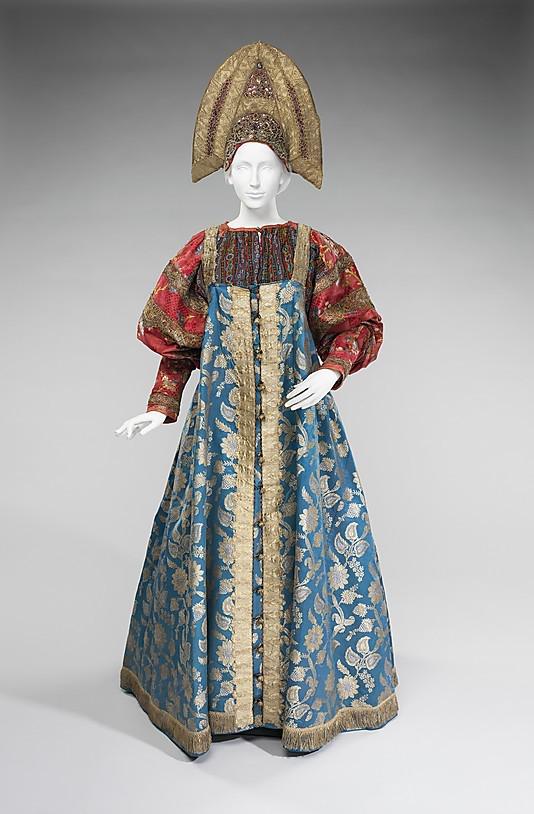
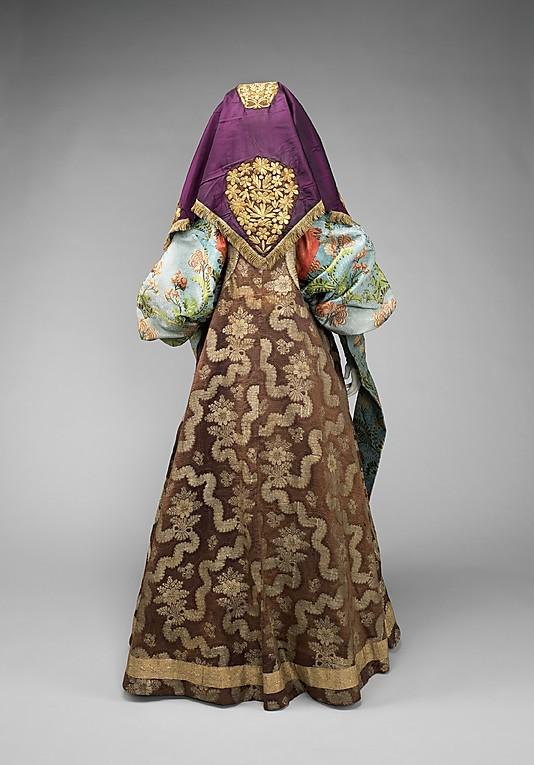
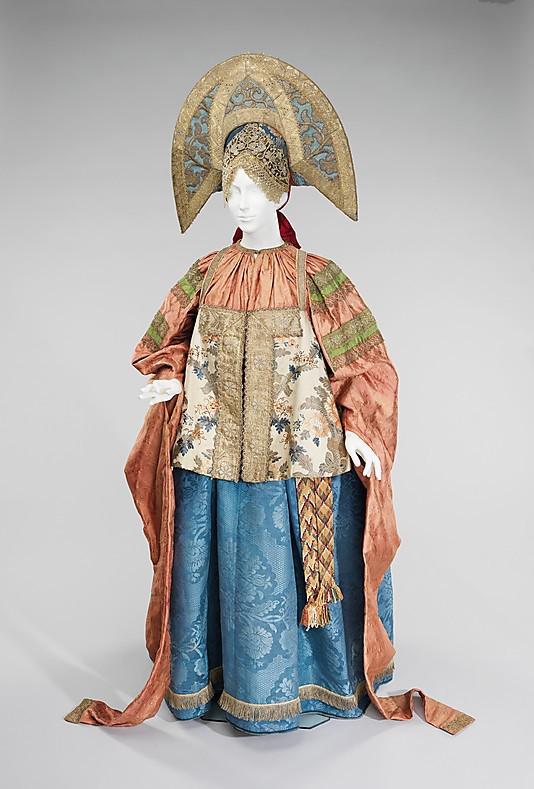
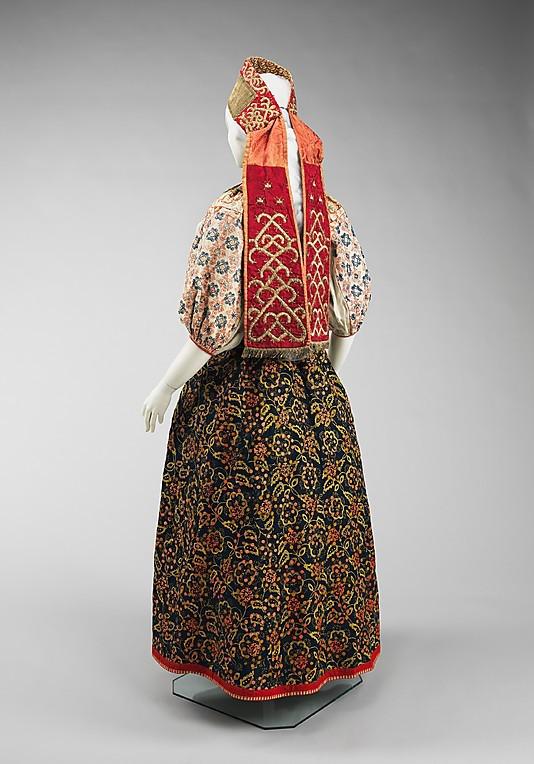
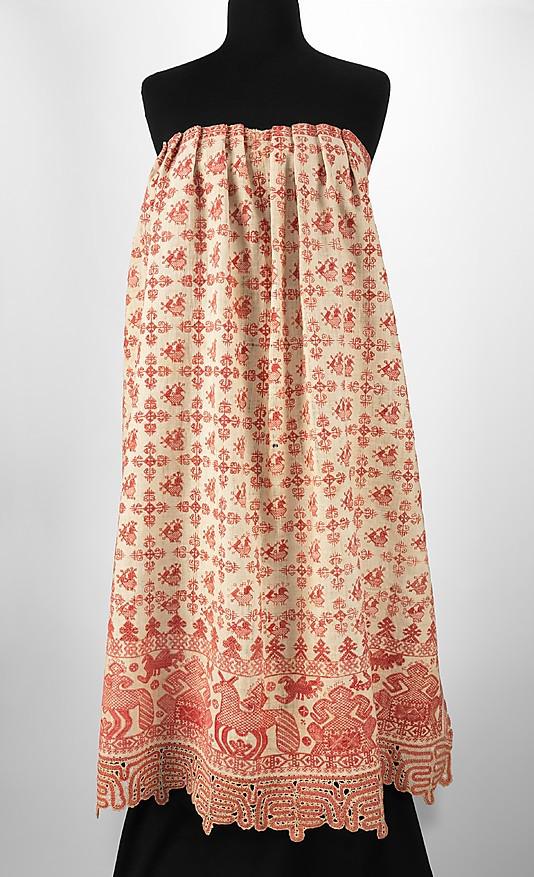
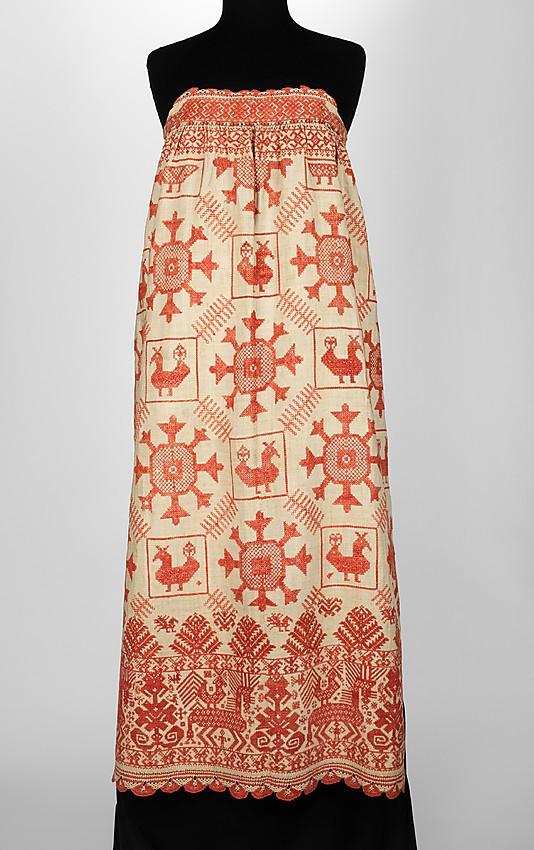
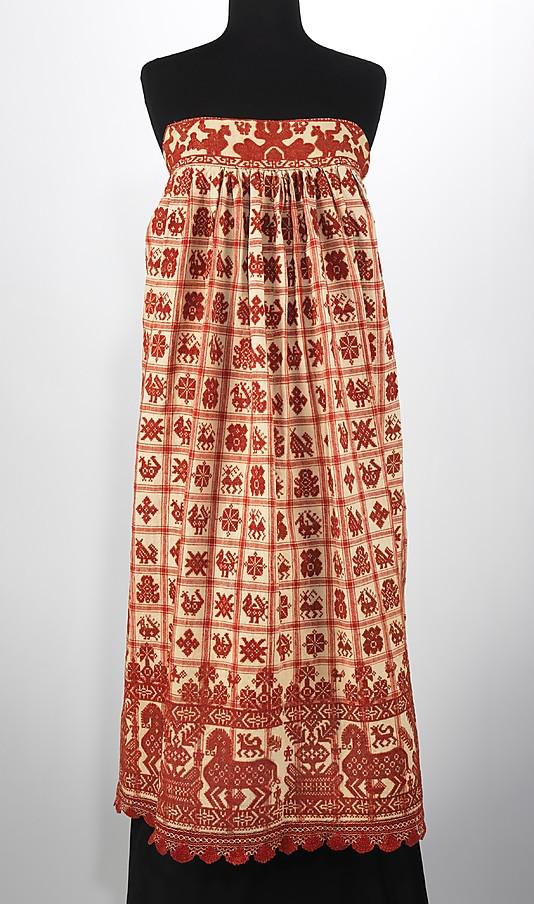
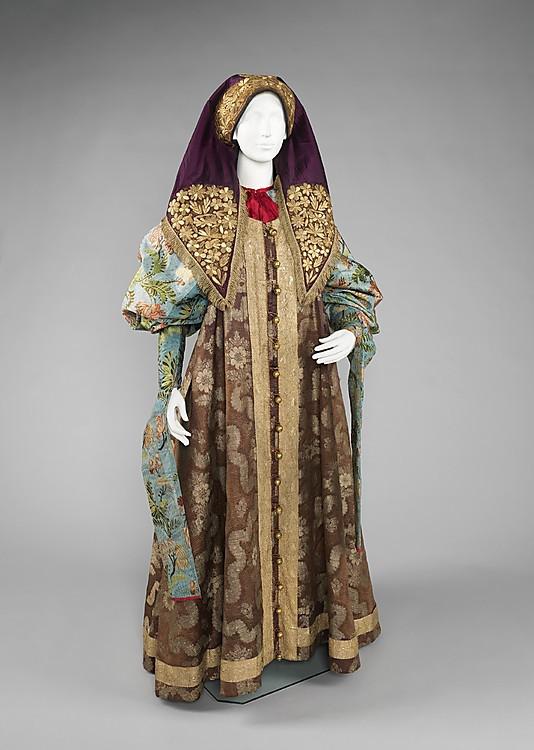
Embroidery in national costume was used not only for decoration. She carried almost the same functions as the tattoo in the first place as a talisman. It is for this reason embroidery motifs are placed in the same usually around the edges of garments, such as the neck and wrists, where the body is most vulnerable. On the other hand embroidery is very often added to the muscles of the shoulder, symbolizing strength.
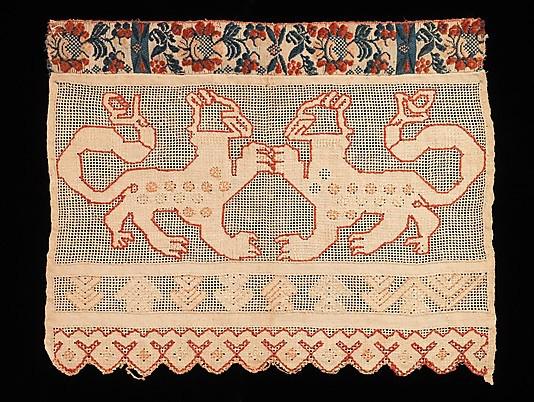
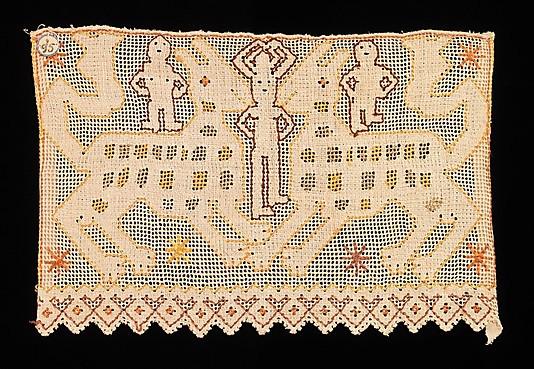
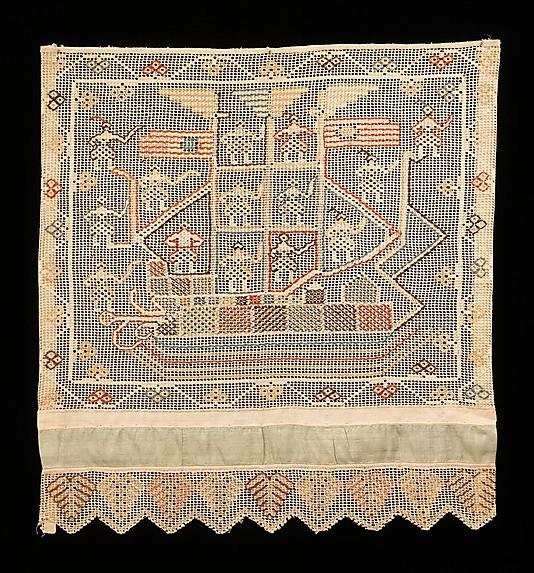
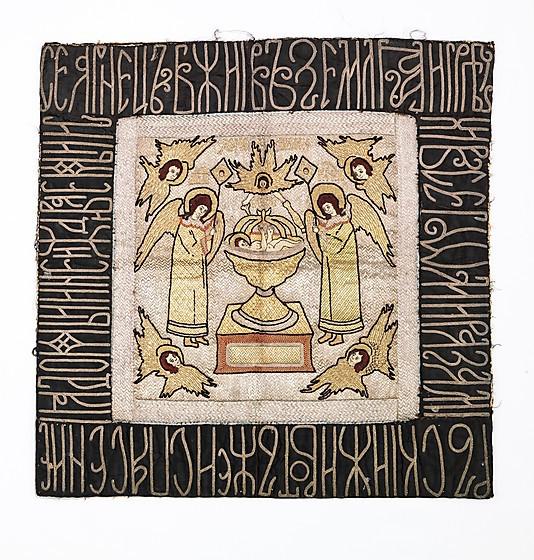
In Russian culture Sirin, Alkonost and Humayun - the mythical bird with the head and often feeding women. Syrian-based siren from Greek mythology, sings songs of heaven bringing men to death. Siren often - a metaphor for temptation weak. Alkonost and Gamayun not believe evil as Syrian. They are prophesying death and God himself. Bird combined with an eagle - a symbol of Russian sovereignty.
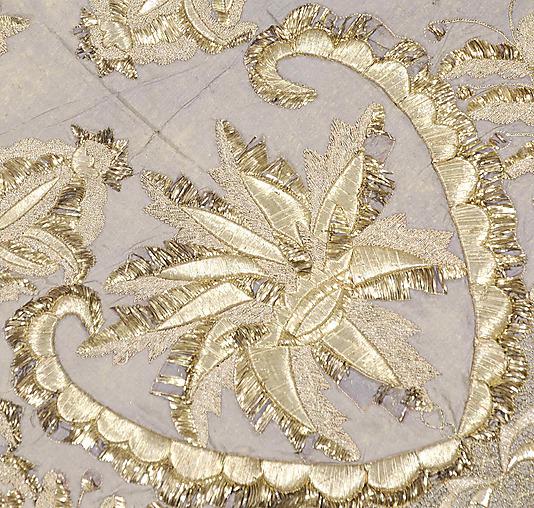
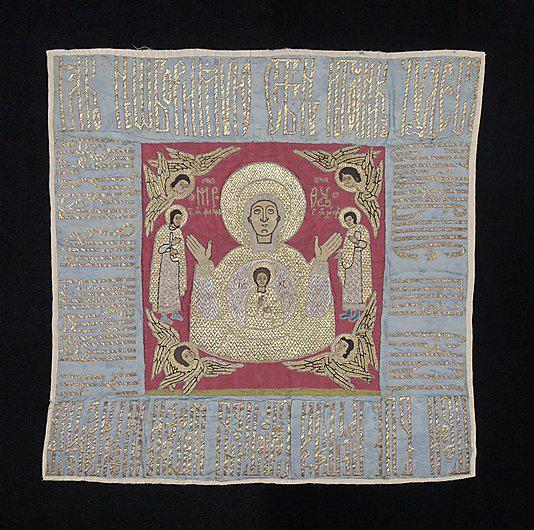
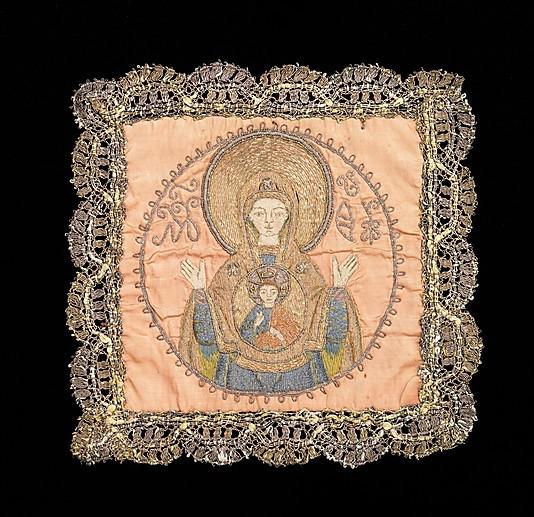
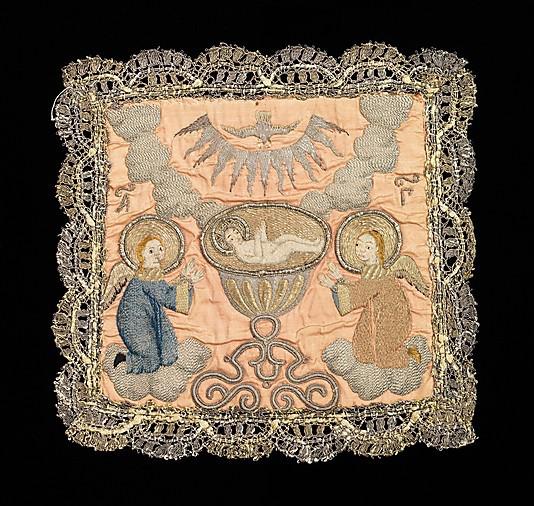
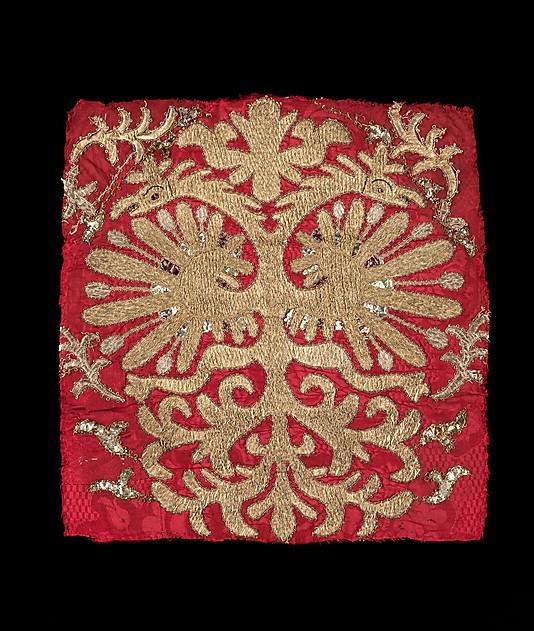
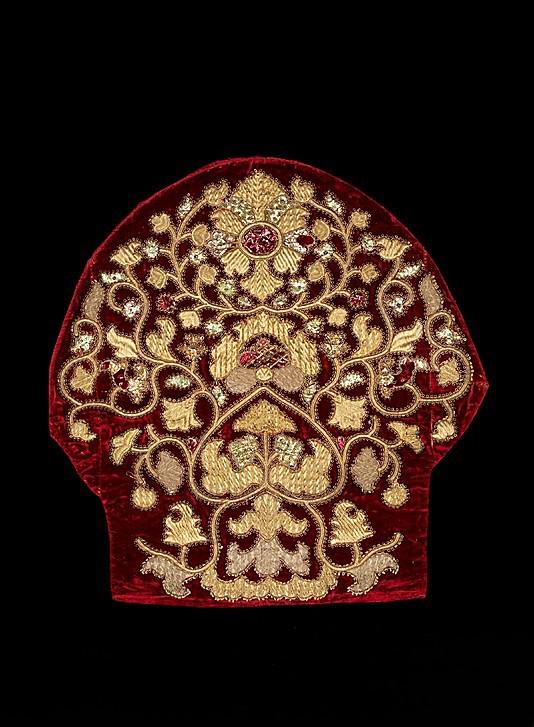
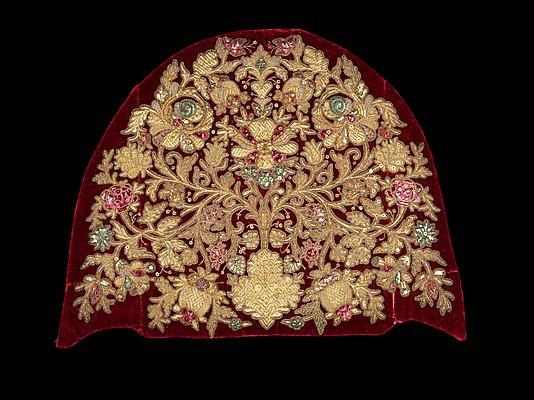
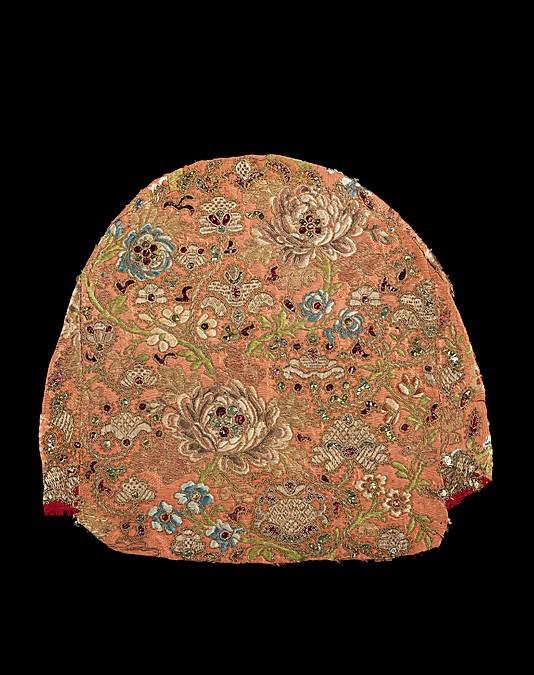
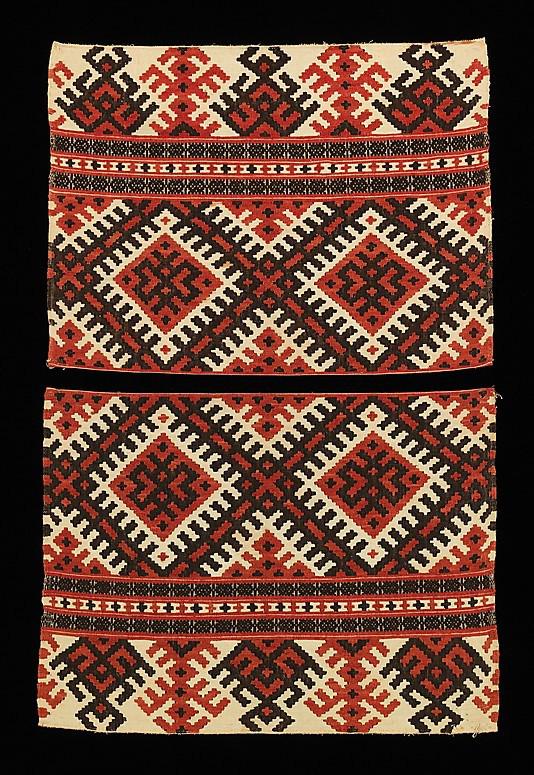
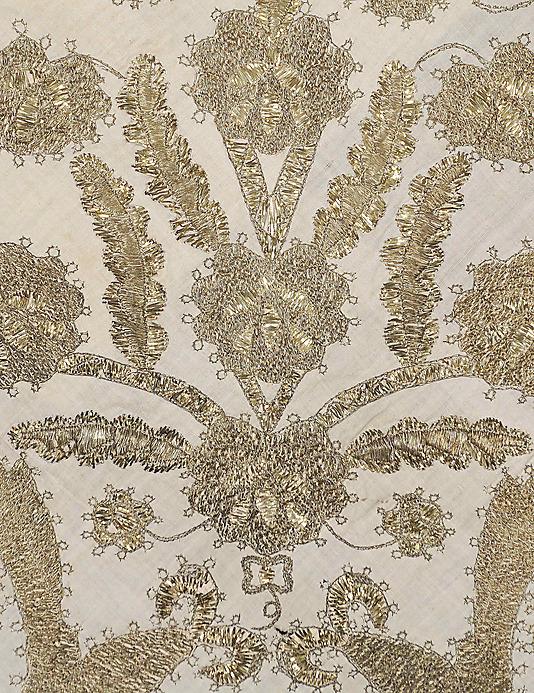
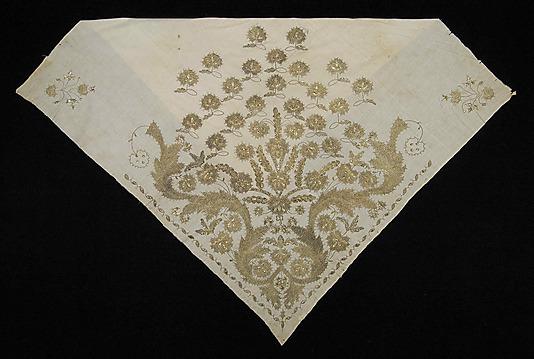
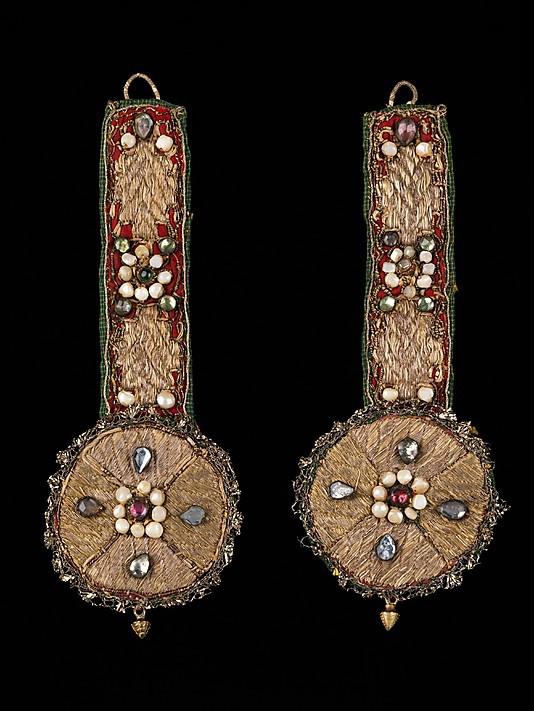
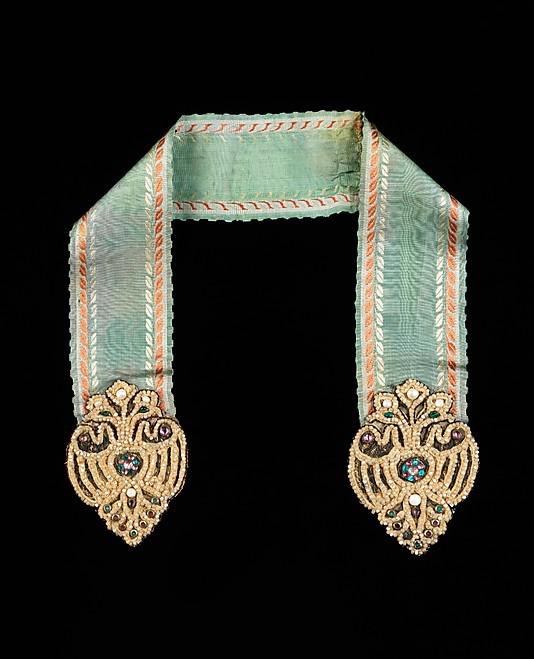
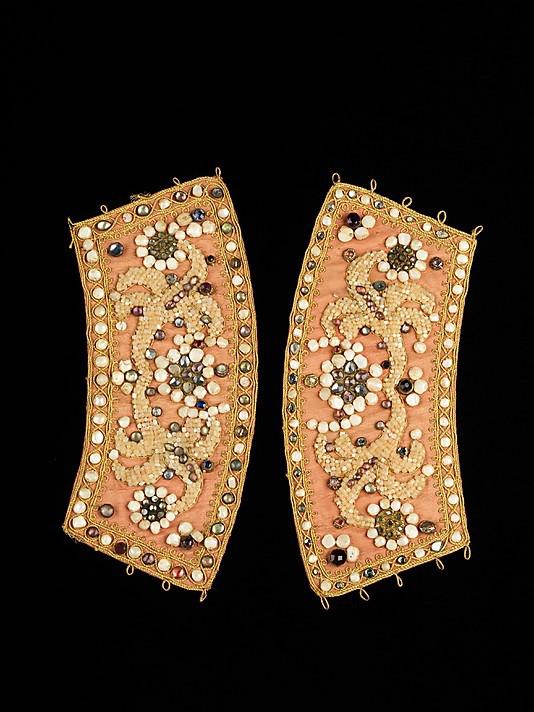
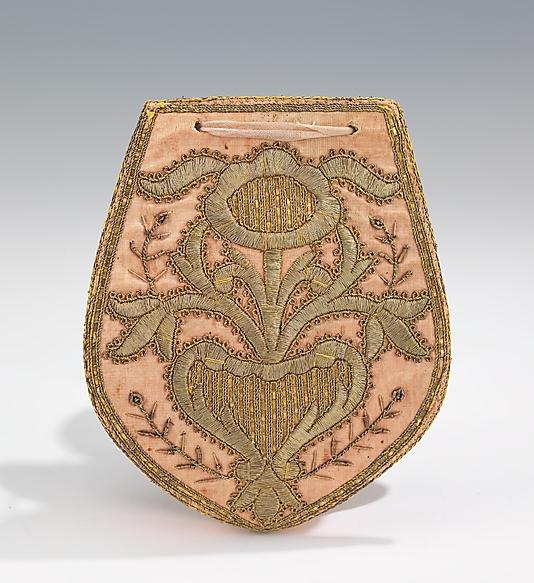
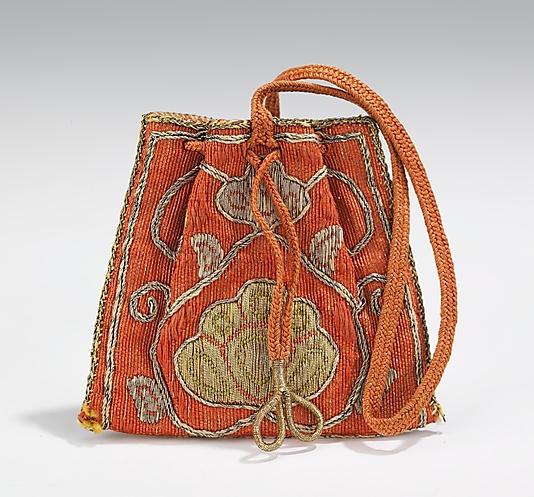
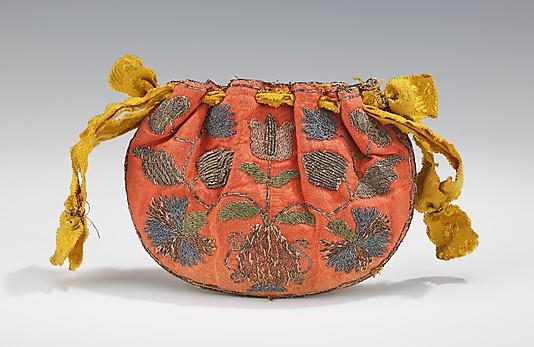
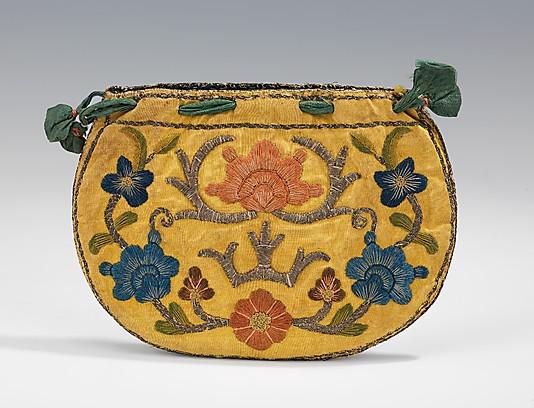
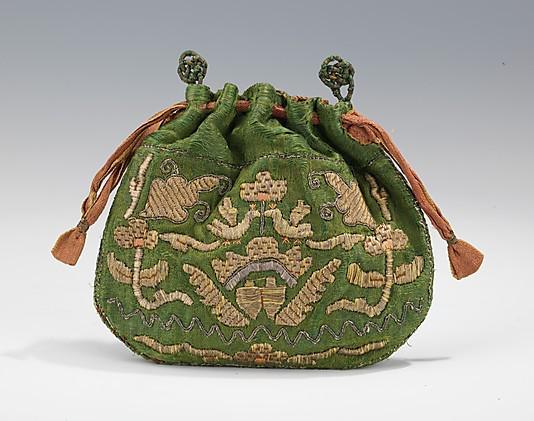
©
Samples of Russian art from the Brooklyn Museum Costume Collection at The Metropolitan Museum of Art.
Things from the "Assembly of the Russian antiquity" Russian noblewoman Natalia Shabelskaya (1841-1905). who devoted his life to preserving the traditions of the vanishing folk arts.
Exhibits from this collection housed in the Museum of Fine Arts, Boston, Cleveland Museum of Art and the Russian Museum of Ethnography in St. Petersburg.





Hats (kokoshniki) were the most ornate part of the national Russian costume. They are often made of brocade fabric woven with gold metallic threads or velvet with gold embroidery. Use decorative elements that are typical of those places where manufactured jewelry. In the north - spread decorated with freshwater pearls, which was a lot in those areas, while the wool embroidery is more popular in the south.
Out of hats girls hair exposed to the show, as the hair is considered the most important advantage of the girl's beauty.



The American Museum of Applied Art is very interesting to explain this unusual form of headdress as an excellent example of combining Western and Russian cultures. The form of this headdress is almost identical to the French style of Alsace, supposedly it's all a consequence of the reforms of Peter the Great on the "Westernization" of Russia ...




Married women were required to cover the hair completely, so kokoshniki often accompanied by "halo" - covering the forehead, made of cloth, metal, beads or pearls.



























Traditional Russian costume consists of a straight, smooth lines. Beginning in the late 18th century, sundress (long, sleeveless dress) became the most popular clothing peasants in northern and central regions of Russia. Style also included a shirt and often a belt or apron, well, then everything solved art masters and wealthy family.










Embroidery in national costume was used not only for decoration. She carried almost the same functions as the tattoo in the first place as a talisman. It is for this reason embroidery motifs are placed in the same usually around the edges of garments, such as the neck and wrists, where the body is most vulnerable. On the other hand embroidery is very often added to the muscles of the shoulder, symbolizing strength.




In Russian culture Sirin, Alkonost and Humayun - the mythical bird with the head and often feeding women. Syrian-based siren from Greek mythology, sings songs of heaven bringing men to death. Siren often - a metaphor for temptation weak. Alkonost and Gamayun not believe evil as Syrian. They are prophesying death and God himself. Bird combined with an eagle - a symbol of Russian sovereignty.



















©

